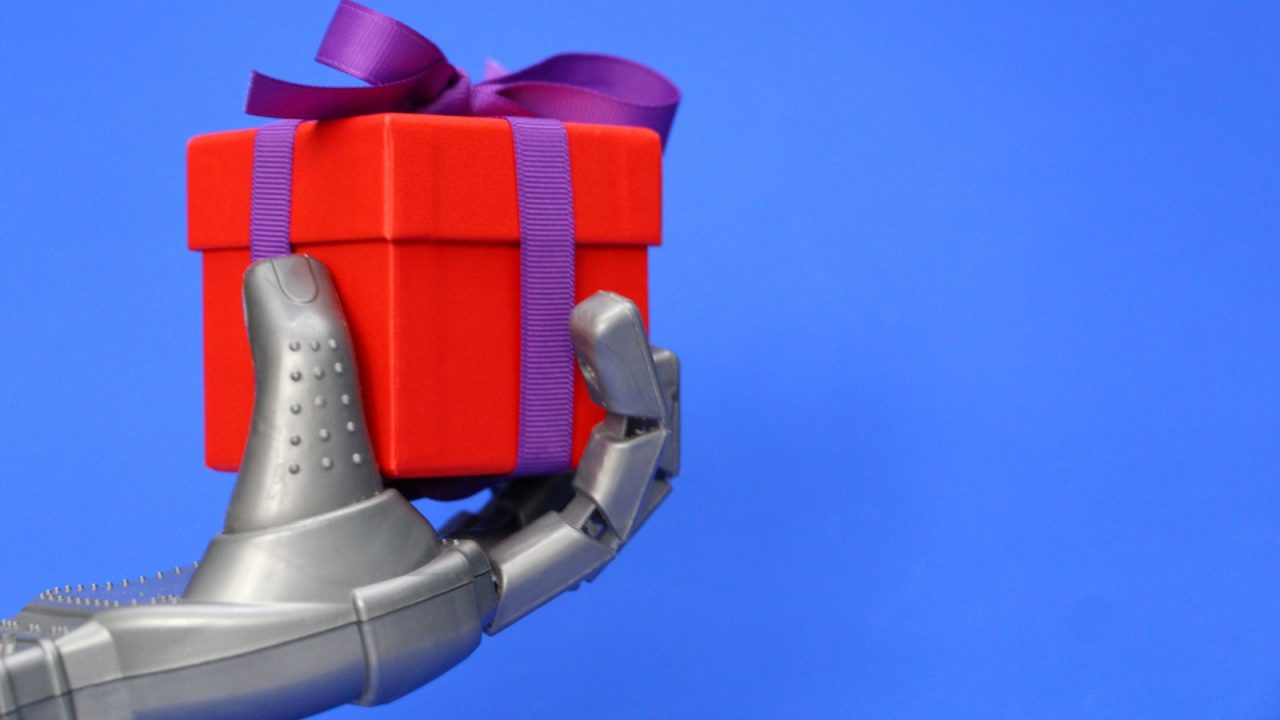As technology continues to advance, so do the opportunities to enhance business processes and outcomes. Just a few years ago, construction managers didn’t have to worry or even think about artificial intelligence (AI). Yet, today, it’s nearly impossible to read an article, attend a webinar or talk about safety without it being mentioned. With the growing buzz around AI and data analytics, it’s no wonder construction fleet managers feel overwhelmed by the prospects of understanding and taking advantage of the multitude of benefits offered by sometimes complex technology offerings.
With an alphabet soup of acronyms, it’s important to start with a basic definition of AI. It refers to the simulation of human intelligence in machines that are programmed to think like humans and mimic their actions in a scalable and repeatable manner. So, what does this mean for construction fleet managers and how they conduct business?
In today’s competitive business environment, organizations in every industry need to make faster, better informed decisions. To provide maximum value to the organization, the decisions must be based on increasingly granular data, collected and analyzed in real-time by smart devices and systems. The information from these devices must then be shared with other intelligent systems to trigger actions that benefit the organization. The cloud enables the processing of large amounts of data using virtually unlimited computing capacity—enabling solutions that previously were unachievable.
It’s important to keep in mind that it takes more than data to solve a problem. Although tools are now available to make AI widely accessible across sectors, expertise is still needed to use these tools correctly to produce business value. Currently, real-time telematics is providing the valuable data needed to make informed business decisions for many construction fleets. With the increased processing power of ever-smarter edge computing devices, this data—and that of a rapidly growing number of vehicle sensors—can inform near real-time AI decision making that can help drive efficiency and productivity gains.
While telematics has been in place for several decades, today’s access to relatively inexpensive telematics, combined with advances in AI technology and the scaling capability the cloud provides, allows for new capabilities that can measurably improve fleet operations. For example, algorithms based on sets of rules and specific data sources can be used to detect unsafe driving. Over time, these rules will be continuously refined and augmented by subject matter experts—essentially creating a machine that embodies their expertise and can be enhanced over time. Ultimately, this process improves the detection accuracy and precision in real time, helping to bolster driver and fleet safety outcomes.
The basis of any intelligent system is the analytics that derive insights from raw data. When new data is created and captured in an intelligent system, more sophisticated analyses must be performed to generate additional business intelligence. As a result, companies will need to consider an analytics strategy that stretches beyond the information they historically have analyzed and incorporate this new outpouring of data from these intelligent systems.
The ability to fuse real-time data with both rule- and AI-based processing is a game changer. Now, decisions can be made at the point of impact and at scale. But to do so, managers must have a clear understanding of the business problem they are trying to solve, and they need to combine tools (AI), talent and business knowledge.
For instance, the detection of potentially dangerous situations is very beneficial to fleets, however, sometimes the reason(s)—also known as root cause—leading to the situation are equally, if not more, important. Understanding the cause of an event can help safety mangers coach drivers and/or change policy. The diagram below shows it’s typically not a simple one-to-one correlation between events and situations; it can be very complex.
By modeling the system as a series of inter-connected states, a more accurate model of the system can be obtained. Not only that, the model also communicates underlying information that can be useful to prevent states from being entered or avoided.
With the commoditization of today’s technologies, many fleets think they can simply acquire a software solutions device, then “plug and play.” AI systems, however, require very specialized skills and training to properly implement. The development time for these systems from the ground up can be long and difficult. Additionally, the risk of “learning as you build” can lead to many iterations and even an abandoned or failed project due to inability to properly apply the technology. As a result, it’s important to integrate in-house and third-party expertise and systems.
With AI, data analytics and video telematics combined on one platform, construction fleet managers are able to make data-based, intelligent decisions that impact the safety and profitability of their sites and overall business.






